Freeze Damage Concerns
- Williamson County AgriLife Extension Office gave a great Winter Storm Recovery presentation on assessing trees, perennials, and the irrigation system after a freeze. Find the recorded webinar and other helpful information here.
- Howard Garrett (aka The Dirt Doctor) had a very good article called Responding to Freeze Damage that focus’s on trees and woody plants. Find that here.
While our choices of landscape plants and turf is essential; even more important than plant selection is the quantity and quality of soil your property has. Without good, deep soil no plant will thrive, no matter what amount of water you pour on it! Consider aerating the yard annually to help promote deep root growth and reduce compaction.
Overseeding with rye, or other cool season grass, isn’t recommended either, due to the increased water use. These grasses tend to compete with your warm season grass for nutrients in the soil. This weakens the warm season grass (St. Augustine, bermuda, etc.) which may then require fertilizing and additional watering.
Soil Resources
- GardenVille–make their own soil, mulch, and compost. Nearest location is Georgetown.
- Texas A&M AgriLife Extension provides research and expertise on soils, landscaping, and gardening among other topics.
Native Plant Resources
- Aggie Horticulture provides a host of expertise on landscape plants, ornamentals, turfgrass, and gardens.
- Aggie Turf website has research on native turfgrasses.
- City of Austin’s Grow Green program includes a searchable database of plants, includes pictures.
- The Williamson County Master Gardeners and visit their demonstration garden for ideas.
- Williamson County Native Plant Society
- The Lady Bird Johnson Wildflower Center
Mowing
- Don’t Cut Grass Too Low; If the lawnmower is set higher, the longer grass can help shade the ground, hold moisture longer and help to fight off heat. We recommend cutting grass 1/2 to 3/4 inch at a time.
- Ideal heights for grasses are: St. Augustine grass 2-3″, Bermuda 1.5-2″, Zoysia 1.5-2″ and Buffalo 2-3″.
- Re-Use Grass Clippings; Leaving the grass clippings on the ground can serve as mulch and fertilizer all-in-one. And it’s free. Chemical fertilizers may not be needed during summer months.
Mulch
- Use mulch wherever possible around trees, in shrub beds, even potted plants, mulching to a depth of 3-6″. However you do not want to mulch to be mounded next to the trunk of the plant, often called “volcano mulching.” It should be more saucer shaped so water will not run off or away from the plant. A flat mat of mulch allows the water to sink in.
- Since mulch breaks down, it should be applied annually. For free mulch, if you are a City of Round Rock water customer, contact our Brush Recycling Center. Mulch also prevents weed growth, retains water, and insulates the soil and plant during cooler months.
- See the video below about proper use of mulch!


